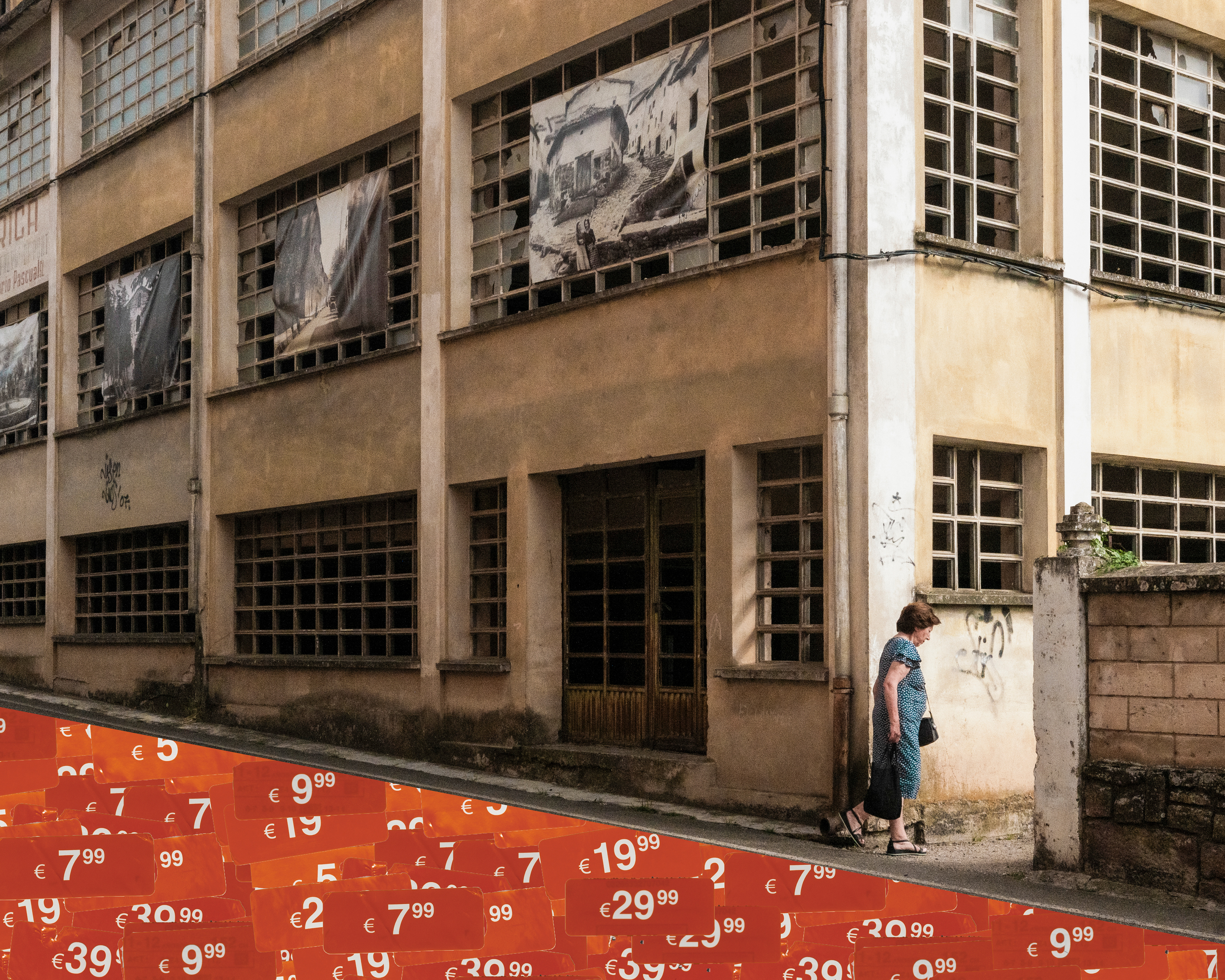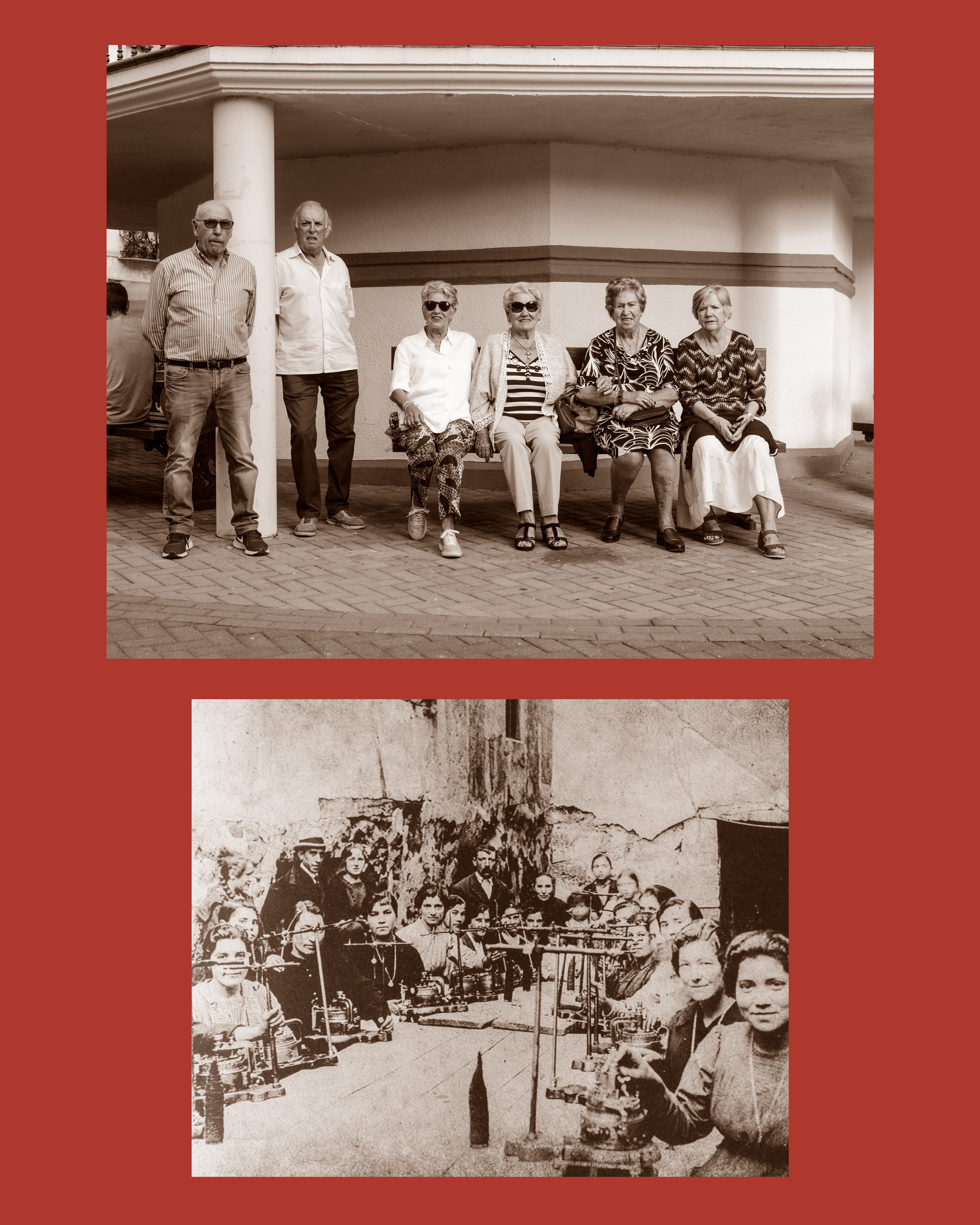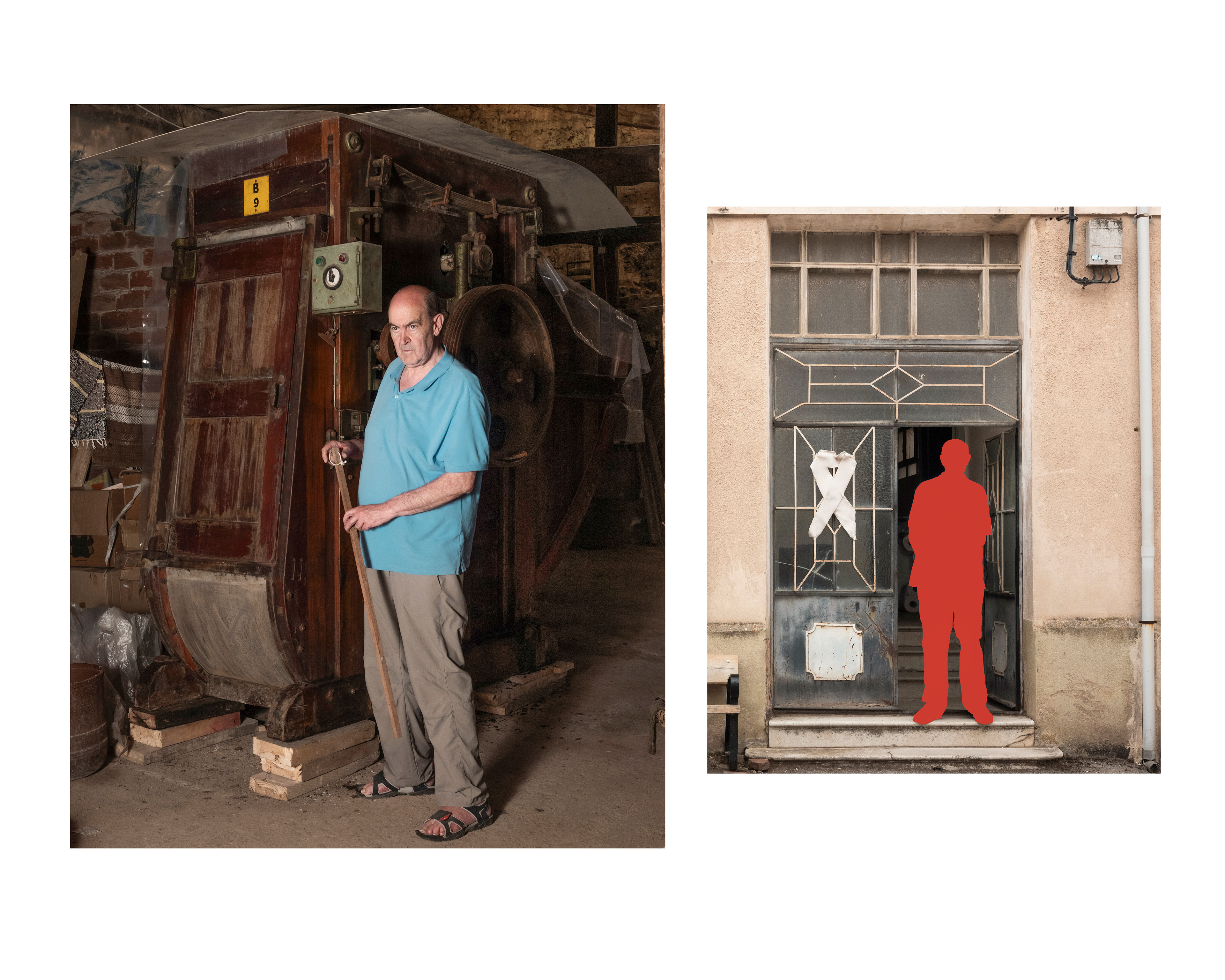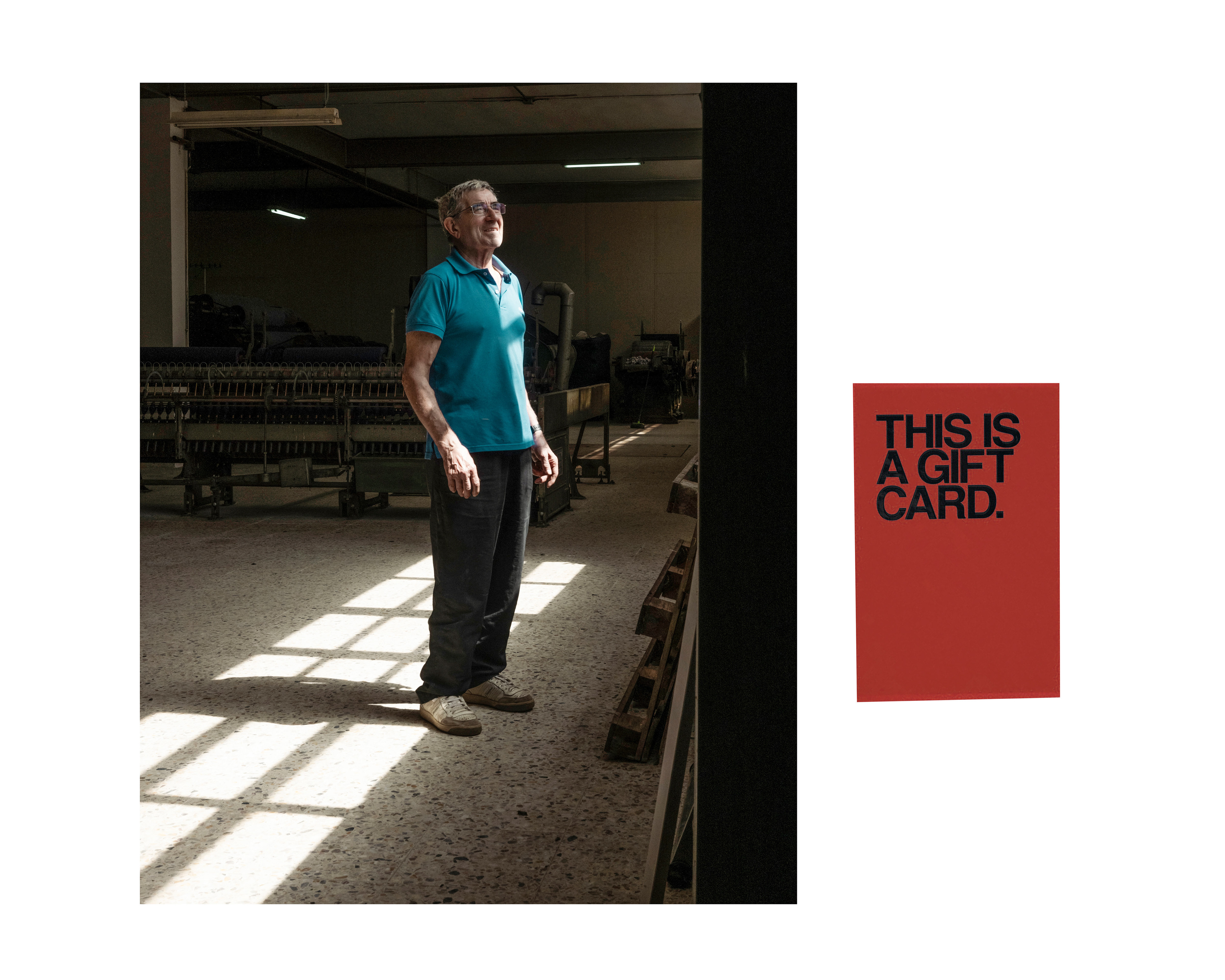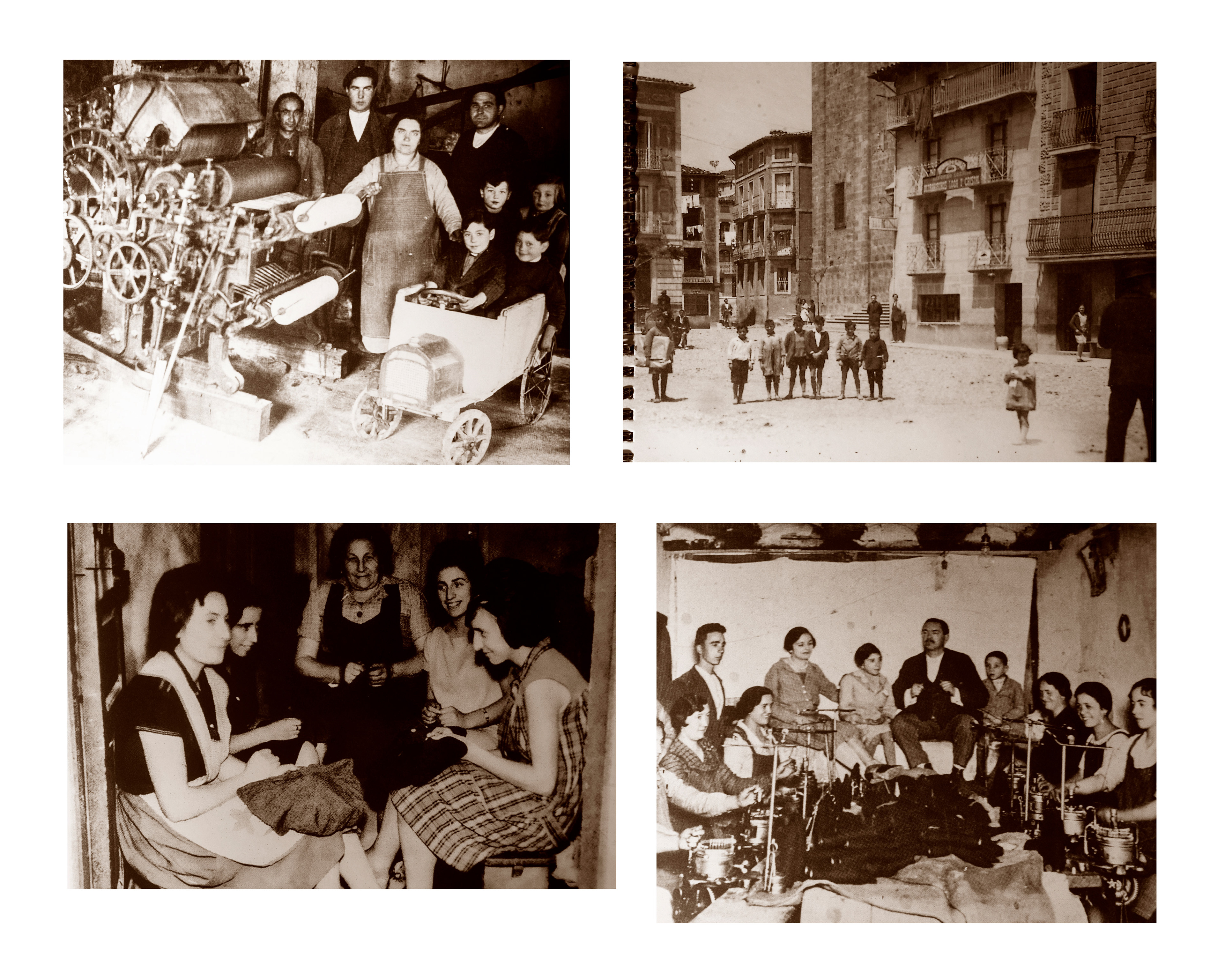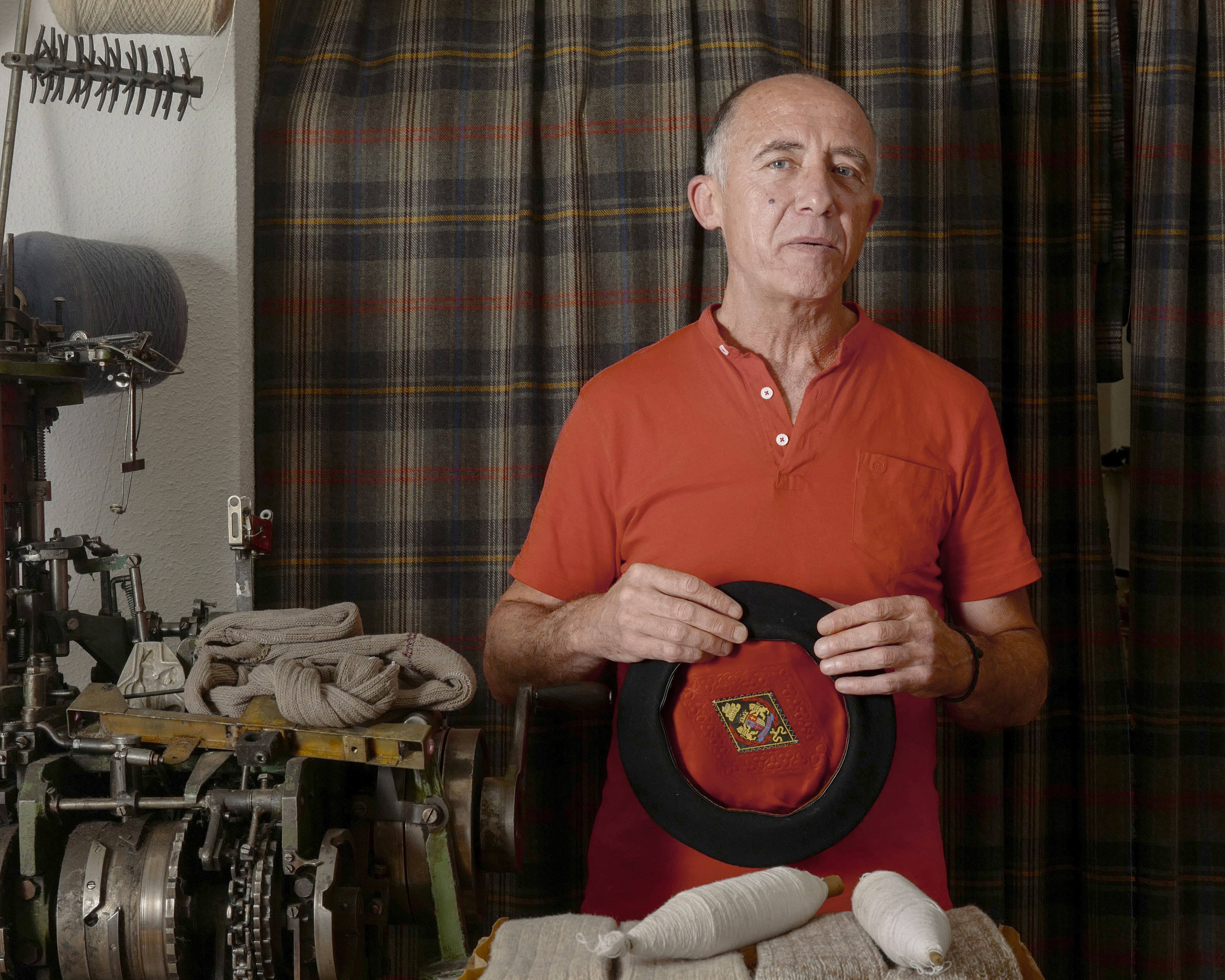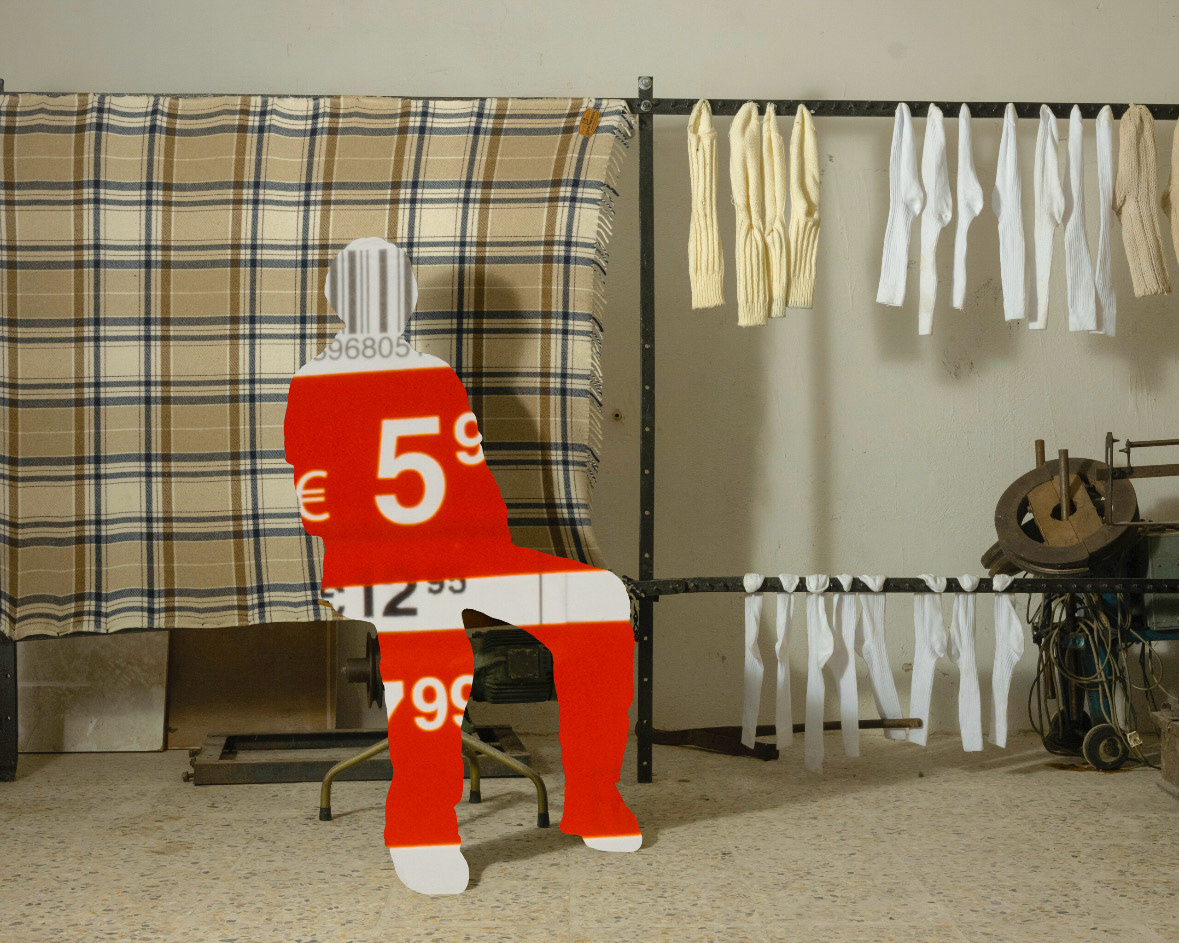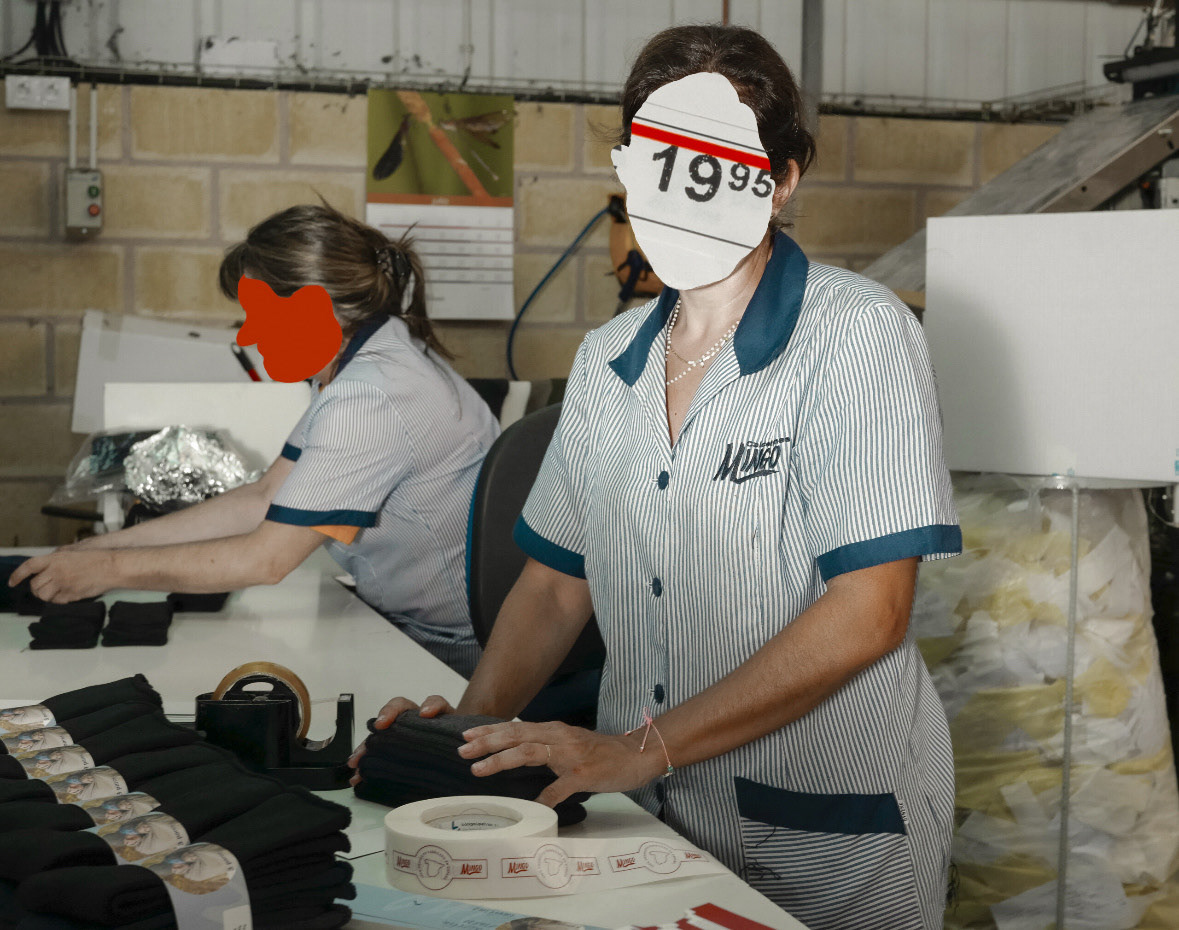In the realm of Western consumerism, the identity of the textile factory worker, the seamstress, and even the very fabric they create, all vanish into obscurity. Pose a simple question about the origins of a garment to the average person, and the answer is likely to be a perplexed silence. This visual exploration is born from my deep-seated disheartenment over our society's increasing apathy towards everything but the price tag when it comes to clothing purchases. I yearn to shed light on the reality that the company town's history, the materials, and the hands that craft our attire remain shrouded in anonymity, ruthlessly removed from the equation.
The photographs I present here emerged from the heart of Pradoluengo, a textile village nestled in the province of Burgos, Spain. In this place, the village's inhabitants meticulously oversee every step of the intricate weaving process. Even today, certain parts of the product are mended by hand. A majority of their creations are now socks, and the individuals I encountered exuded sheer joy in sharing their life's purpose and family heritage.
Despite being a small rural nucleus, Pradoluengo’s history has been closely tied to the textile industry for over 500 years. From the 16th to the 18th century, Pradoluengo emerged as a hub for wool manufacturing. Bayeta (a low-cost woolen fabric) was produced in the late 19th century. In the 20th century, Pradoluengo’s textile industry specialized in knitwear, particularly boinas (berets) and calcetines (socks). Although beret production declined with the turn of the century, the town continued to be known as “the sock village.” Pradoluengo’s industrial legacy left behind a wealth of heritage. Spinning mills, fulling mills, dyeing facilities, various machinery, songs, and memories. Almost everything in Pradoluengo has a connection to industry, from the town’s elongated silhouette nestled in the valley alongside the Oropesa River to the daily lives and cultural roots of its people.
Today, several textile companies continue to operate in Pradoluengo. While generational succession is more challenging, some young people that I met choose to follow in their ancestors’ footsteps. To remain competitive globally, manufacturers focus on added value in terms of design, technology, quality, and environmental consciousness.
The 19th century marked Pradoluengo's pinnacle of prosperity within the textile industry. During this era, the village was teeming with 2,980 residents in 1890. Today, the population stands at a mere fraction of that figure. Yet, I was astounded to discover that some sock factories endure, brimming with a resilient spirit. These individuals tugged at my heartstrings with their stories and anecdotes. Witnessing their sense of pride and fulfillment as they mend, weave, sew, and vend their products was truly inspiring. Some graciously unveiled their old factories, showcasing machines now retired from use. We engaged in discussions about the modern challenges they confront today, and I listened intently.
As I journeyed back home, my mind was consumed by images of ongoing sales campaigns – a stark contrast to the profound experiences I had just lived through. I contemplated those vibrant red sales slogans, the driving force behind a culture of consumption. Upon my return, I diligently gathered and cut out the tangible symbols of this phenomenon: stickers, crimson plastic bags, crimson ribbons adorning hangers, the "2 for 1" offers – all of which seemed to be omnipresent. I decided incorporate those into the photographs I took. I used red color and mixed documentary photography with collage to transmit the way I felt after this visit. I also took some photographs of the archives that were kindly shown to me during my visit.
While I'm cautious about drawing direct parallels or conclusions, reflecting on the sheer delight of touching threads, understanding the inner workings of weaving machines, delving into the history of the textile village, and witnessing the dedication etched onto the faces of those who craft what I wear – I am certain that these impressions will stay in my memory for eternity. It's a tangible testament to how a seemingly simple garment purchase can resonate with depth and responsibility. It underscores how stories enrich our lives, and how creations crafted with love have the power to transform our self-perception.
Pradoluengo is a phenomenon to me. It is a company town that still thrives today. But I am afraid it will most probably disappear shortly under the pressure of today's way of consuming local produce. I might be mistaken. I hope I am.
